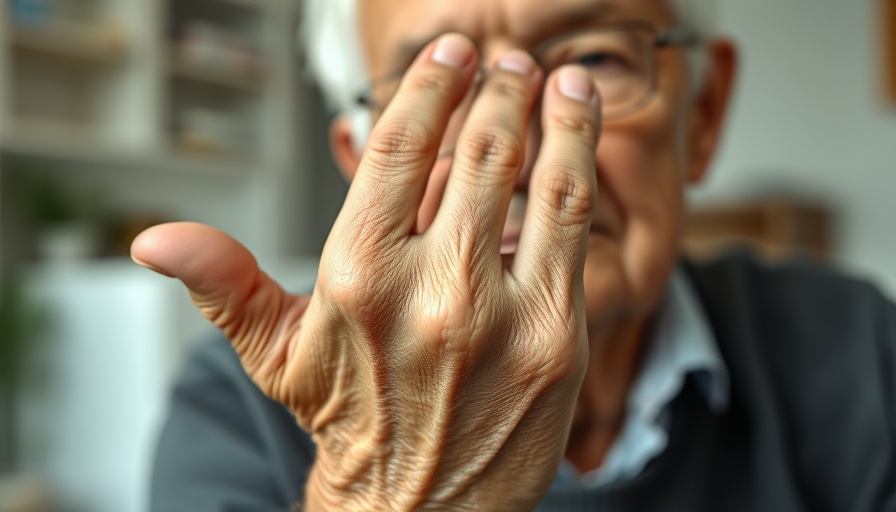
Breaking Up with Your Phone: The Start of Phone-Free February
In an age where our screens often dictate our interactions and focus, the trend of Phone-Free February emerges as a refreshing challenge. This initiative, spearheaded by the Global Solidarity Foundation, beckons participants to embrace real-world connections by reducing their smartphone dependency for a month. Imagine stepping outside without that nagging urge to check your notifications—it's about reclaiming our lives away from the glowing screens.
The Need for a Phone Detox
Studies indicate that we are often glued to our phones for a staggering 40 hours a week. Whether it's scrolling through social media or responding to work emails, we barely give our minds a break. This constant engagement can lead to various health issues, including obesity and mental health challenges. Dr. Jaime Zuckerman highlights that you might not even recognize the unhealthy patterns, such as mindless snacking while scrolling, which can create a harmful cycle affecting our wellbeing. Phone-Free February is designed to challenge this unhealthy norm.
The Dual Approach: PhoneFlex vs. Phone-Free
Participants have the option to engage in PhoneFlex or the more radical Phone-Free approach. The former encourages mindful phone usage reduction, meaning you can still check your messages but must remain aware of how often you do so. In contrast, the Phone-Free challenge is all about the total cut-off, encouraging individuals to embrace a month of disconnection—a major feat in our hyper-connected world.
Health Benefits of Ditching the Screen
Reducing screen time can pave the way for multiple health advantages. The link between our screen habits and mental health is increasingly acknowledged. Research reveals that by lessening your phone usage, you may lower your risk of obesity, improve mental health, and even enhance sleep quality. It’s a circle of well-being; less screen time translates into better life quality, with increased opportunities for exercise and social interaction.
What Happens When You Join the Challenge?
When you take a leap into Phone-Free February, you may discover a newfound appreciation for the world around you. Simple acts, like enjoying a walk in nature or having face-to-face conversations, suddenly take center stage. This challenge isn’t just about cutting out your phone—it's about enhancing those small, everyday moments that we often overlook. By participating, you may find yourself forging deeper connections, increasing productivity, and becoming more present in your daily life.
Your Takeaway: Embrace Life Beyond the Screen
Phone-Free February presents an opportunity to assess our relationships with technology. While we may not all be ready to go completely phone-free for 28 days, even small changes can have profound impacts. Perhaps this month can inspire us to cultivate mindful habits, prioritizing real interactions over digital distractions. Join the challenge, and let’s make February a month to remember—one that focuses on health, connection, and the beauty of living in the moment!
 Add Row
Add Row  Add
Add 




Write A Comment